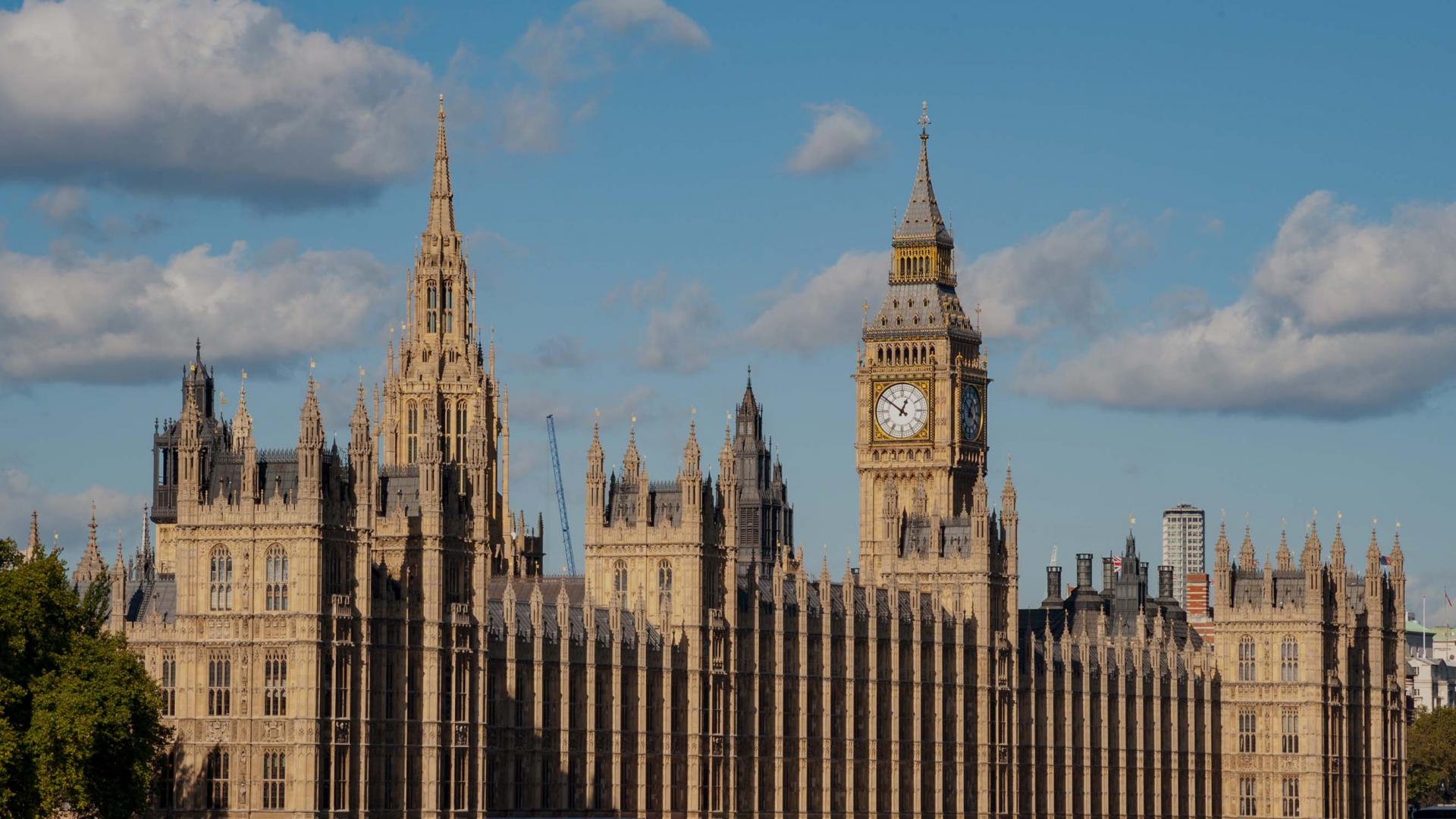In 2017, the UK government announced its intention to set up the UK Shared Prosperity Fund (UKSPF) to replace EU regional development funding post-Brexit. It was only last October that the amount to be spent on this Fund was confirmed: £0.4 billion this financial year, £0.7 billion in 2023-24 and £1.5 billion in 2024-25, when EU funding has fully phased out.
The government had already committed to providing each of the nations of the UK with at least as much funding as they received from the EU. Today we found out how UKSPF funding will be allocated between different areas of England. The answer is: in much the same way EU development funding was allocated prior to Brexit. Alongside the previous commitment to match the funding received by each nation, this will avoid creating obvious winners and losers. But this is a real missed opportunity: inequities in the EU funding regime that could have been addressed will instead be entrenched.
Perpetuating EU allocations
Today, the government has announced that each Local Enterprise Partnership (or LEP) area in England will, by 2024-25, receive the same real-terms level of funding as it received under the EU funding regime. It is only within LEPs, that a broader index of need will be used to allocate funds to individual local authority districts.
This will avoid creating obvious winners and losers. Each nation and each English LEP area will receive as much as before, neither winning nor losing. And while some individual local authority districts will undoubtedly win or lose, it isn’t easy to say which: EU funding was allocated to LEPs, and figures on how much was spent in each local authority district are not readily available.
But politics aside, this is bad policy.
First, giving each LEP area the same funding in real-terms does not account for the fact that their populations have changed very differently since the previous EU funding allocations were set. For example, Cumbria’s population grew by just 0.3% between 2013 and 2020. On the other hand, the population of Coventry and Warwickshire is estimated to have grown by almost 10%.
Second, it means that undesirable features of the EU funding regime will be replicated in the UKSPF. For example, under the EU funding system, an arbitrary cliff-edge in the allocation formula meant that funding was heavily skewed towards the two poorest regions of the UK: Cornwall and the Isles of Scilly, and West Wales and the Valleys. Those regions received much more funding – up to eight times more per person – than regions that are only very slightly more prosperous, such as South Yorkshire, Lincolnshire, and Tees Valley and Durham. In addition, for the 2014-2020 EU multi-year budgetary period, the UK government chose to allocate funding in the same way as in the 2007-2013 budgetary period.
Replicating the cliff-edges in EU funding in the UKSPF will be good news for Cornwall (and West Wales and the Valleys), but bad news for places such as South Yorkshire and Lincolnshire, which might otherwise have received considerably more funding under the UKSPF. Continuing to use allocations originally devised in the mid-2000s will hurt areas that have seen their relative economic performance decline since then, while helping those that have seen their relative economic performance improve.
Brexit provided an opportunity to rationalise the funding framework, ensuring it used up-to-date estimates of population and socio-economic conditions, with funding more smoothly tapered away (without arbitrary cliff-edges) on the basis of regional economic performance. It is disappointing that, instead, the UK government has ‘taken back control’ only to stick to an arbitrary, poorly designed, out-of-date funding allocation mechanism.










